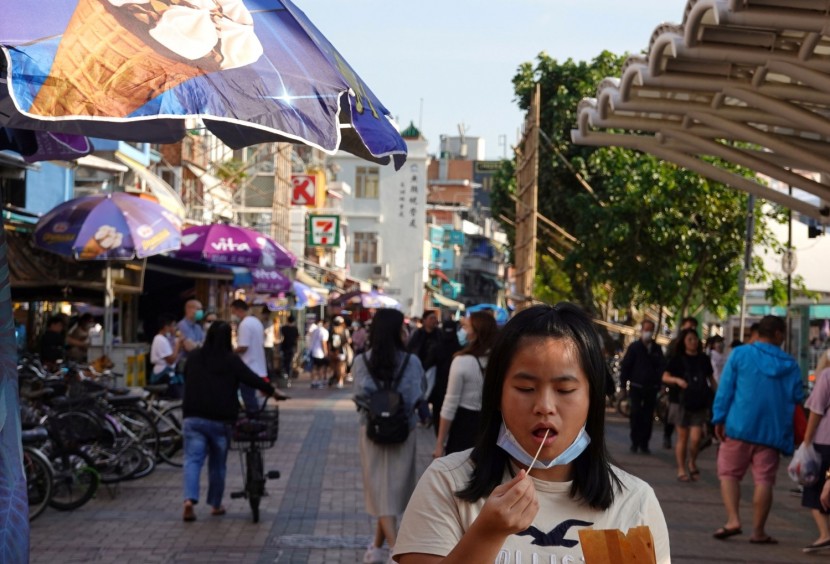
HUBEI, CHINA - After months of fear, the Chinese province where the pandemic first emerged is getting attention for good reason as coronavirus cases in the area dropped to practically zero. Authorities lifted travel restrictions in and out of the province after 60 days of lockdown. Currently, the rest of the world are watching closely to see if easing the intense measures to keep people distant will result in an emergence of new cases. Early analysis suggests that so far, fears have not passed.
An epidemiologist at the University of Hong Kong, Ben Cowling, who is following the situation in China shared that it is time to relax the lockdown but we need to be alert for a potential second wave of infections and if the next wave comes, its emergence is expected by the end of April.
As things unfold in Hubei and the rest of China, European nations and other countries are looking at the progress especially those who imposed travel restrictions in an attempt to slow down the spread of the virus, but UK's outbreak model suggests that it takes two years to keep the proportion of people with severe coronavirus infections in hospital at manageable levels despite closures of academic institutions and business establishments.
But if the Epicenter can show that it can lift its lockdown without a significant re-appearance of the coronavirus, it is possible that such protracted restrictions will not be necessary.
Extensive testing in China
At the moment, Chinese provinces are currently performing contact tracing and extensive testing in order to track new infections. They have also announced the continued implementation of social distancing as additional effort to prevent resurgence.
However, despite the added measures, there is still a high risk of a new outbreak developing in China. According to an infectious diseases researcher from the University of Hong Kong, Gabriel Leung, there is a huge possibility that the virus may linger undetected and be transmitted through asymptomatic patients or the so-called "silent carriers."
Thus there is a need to impose strict testing to everyone and trace the people who have been in contact with those who tested positive for the virus in order to contain the pandemic. However, there is still a huge possibility of it being seasonal, which called for the faster development of vaccines.
Is there a possibility for a Second wave?
Leung also stated that if a significant number of people in the community, around 50 to 70 percent have been infected and have developed immunity through antibodies, the virus having a supposed difficulty in establishing itself back in the community.
However, even in Wuhan, the city that received the hardest hit of the virus in China, the portion of the community which is now immune is less than 10%, which means there is a huge number of people who are still at risk of getting infected. This also means that there is a huge possibility for the outbreak to have a second wave.
Over the past few days, after lockdowns and restrictions have been lifted, China has seen a jump in the number of infections. This could be a sign that the virus is already able to re-establish itself in the community and was just waiting for everyone's guards to be down.
Related article: China Fears of 'Silent Carriers' Spreading COVID-19
© 2025 HNGN, All rights reserved. Do not reproduce without permission.








